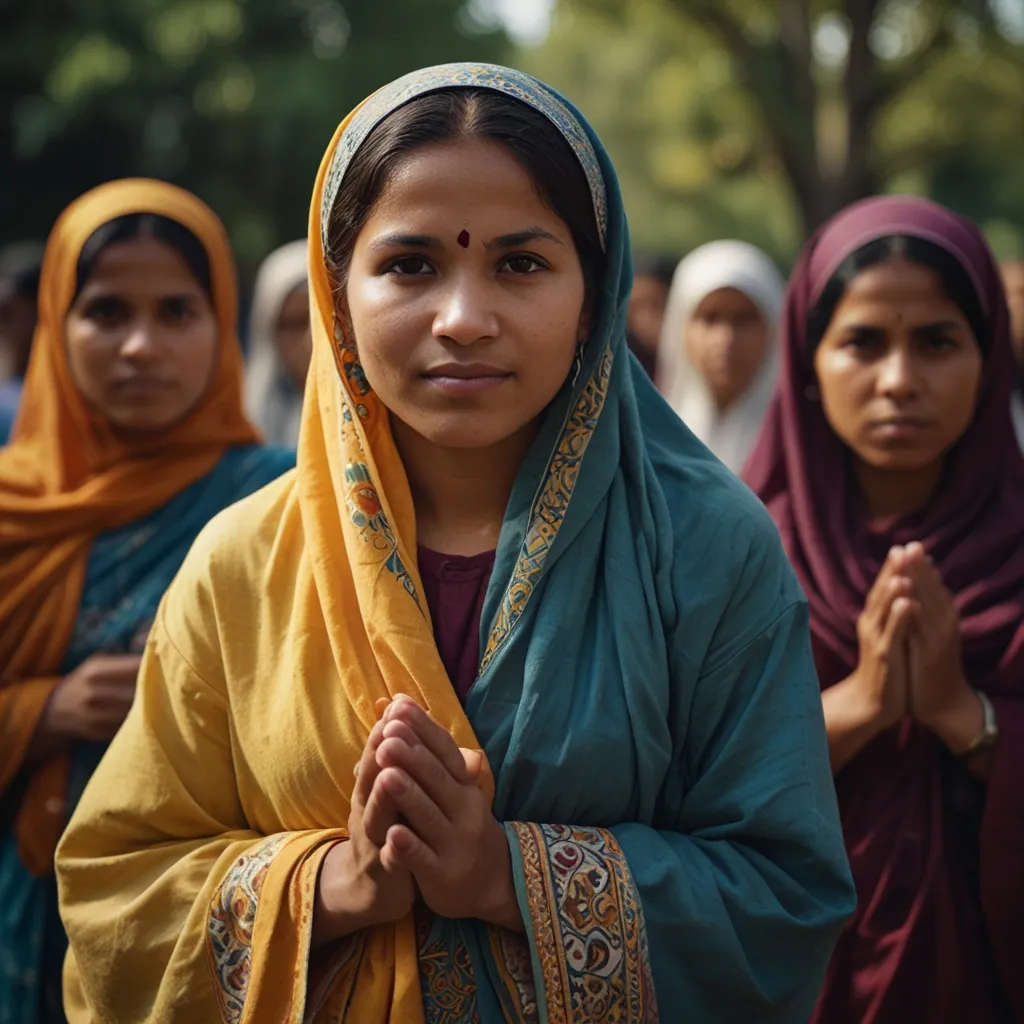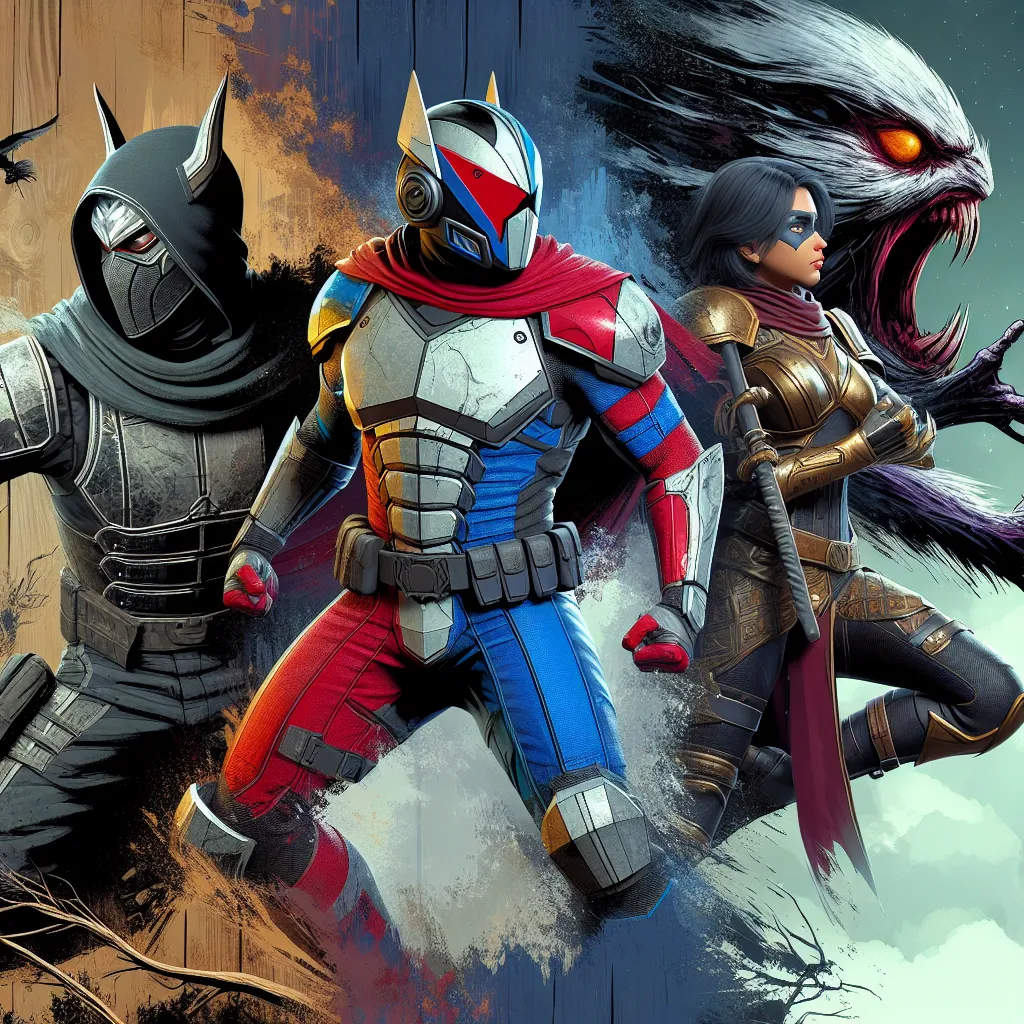Art and religion have always shared a deep connection, almost inseparable across different cultures and religions. From architecture to literature, and from statues to poetry, art permeates every facet of religious practice. For me, music stands out as a universal language, embraced by almost every culture in some form. Be it at rock concerts, military parades, or religious ceremonies, music plays an integral role in our lives, and the Muslim world is no exception.
Today, the Islamic world is brimming with diverse music genres. We’ve got well-known artists and bands contributing everything from love songs to political hip-hop to metal music. This vast array of musical expression isn’t new; it traces back to the early Muslim community. In the era after Prophet Muhammad’s death, musical talent flourished, especially in places like Mecca and Medina. Women often led this movement, singing and playing instruments in various gatherings.
Music and poetry have been intertwined since pre-Islamic times. Poems were often accompanied by drum beats, flutes, and possibly lutes. The term “ghina” defined music, primarily focusing on vocals supported occasionally by instruments. One notable early musician was Tuways, known for his duff drum. Another key figure, Ibn Misjah, contributed significantly to expanding Arab music, blending local and regional influences like those from Persia and North Africa.
As the Muslim Empire grew under the Umayyads, musical traditions matured, especially in royal courts, spurred by the caliphs’ love for music. Frescoes from Umayyad desert castles depict musicians, challenging the notion that Islamic art refrains from human and animal depictions. Music’s sophisticated evolution really kicked off during the Abbasid Caliphate, merging Persian, Greek, and other influences, making music a key part of higher education.
By the 9th century, renowned musicians like Ishaq al-Mawsili and his father Ibrahim al-Mawsili dominated the scene. Then there was Ziryab, who transformed musical traditions in Al-Andalus (modern Spain). He set up a music school in Cordoba, playing a central role in shaping Spain’s court music culture, which in turn influenced European classical music, including genres like flamenco.
Music’s theoretical framework also saw major contributions from philosophers like Al-Kindi, Al-Farabi, and Avicenna. They developed a rich musical theory tied to cosmological and philosophical ideas, considering music a spiritual matter and almost a mathematical science. The oud, a lute-like instrument, became a central symbol of this blending between music and philosophy.
Despite the flourishing music culture, there were always debates surrounding its permissibility. While some scholars viewed music as haram (forbidden) due to its association with indulgence and immorality, others like Al-Ghazali saw music as spiritually enriching and permissible in certain contexts. There’s always been a spectrum of opinions on which forms of music and instruments are acceptable.
The discussion continued through different dynasties, with music evolving in endless forms. An exceptionally bright star in this legacy is Safi al-Din al-Urmawi from the 13th century. His book, “Kitab al-Adwar,” became a cornerstone of Arabic music theory, systematizing the maqam system still used in Middle Eastern music today.
Though none of this early music survives in its original form due to the lack of written notation, al-Urmawi’s efforts in rudimentary notation laid the groundwork for future music documentation. Thus, the Arabic musical tradition, bolstered by rich philosophical and practical foundations, paved the way for a diverse and influential musical heritage that continues to evolve.
In our next exploration, we’ll delve into the post-Abbasid era, exploring how music continued to transform, influencing regions far and wide, from India to the Ottoman Empire. This evolving tapestry of music reveals the profound and persistent impact of Islamic culture on the world of art and beyond.





